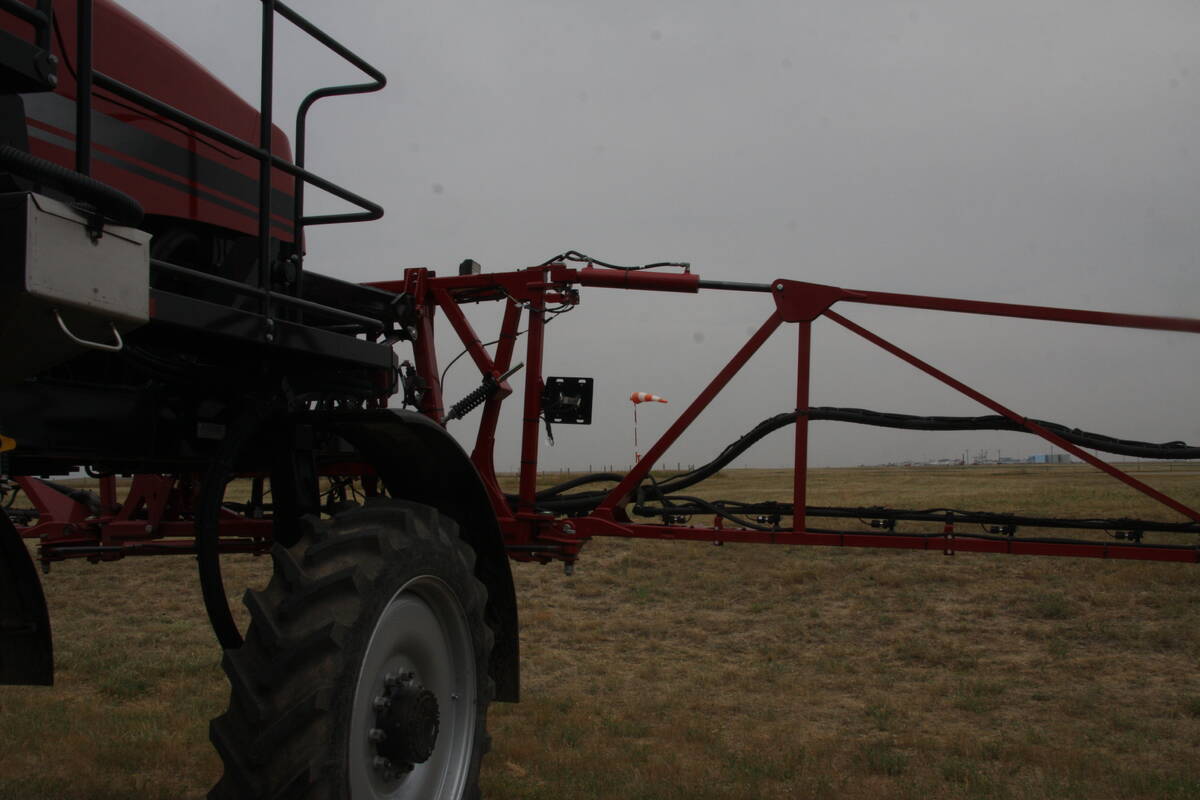Letting your cattle do the work of rejuvenating an old forage stand is a cheap way to put nutrients back into the soil, says Jeff Schoenau, a professor at the University of Saskatchewan.
It may involve little more than selectively overwintering cattle on hay land, where the nutrients are needed most. This can be done by bale grazing or spreading hay on the field with a bale processor and letting the cattle eat it. As they munch away, they lift their tails and fertilize the soil, both with feces and urine. Since cattle only retain 10 percent of the nitrogen in the forage they consume, the rest is recycled back into the soil.
Read Also

More work wanted on removing red tape
REGINA — Canadian farmers risk falling further behind competitors if two main federal agencies don’t become more efficient and responsive…
A study done in 2003-04 by the Western Beef Development Centre compared wintering cattle in yards, where the manure is hauled out and applied on the soil, and the newer practice of in-field feeding.
“From a nutrient cycling standpoint, those cows are kind of like fertilizer factories. In this in-field feeding system, you’ve got the hay that you bale up, the cows eat it, and the nutrients that don’t go into their bodies get applied right back into the field. The other 90 percent of the nitrogen goes out mainly in the urine,” said Schoenau.
He told the 2006 Manitoba Grazing School held in Brandon Nov. 29 that in-field wintering puts the urine back into the field more efficiently than hauling manure back out from the wintering yard.
“It goes into the snow, kind of like urea fertilizer on snow, and gets into the soil. In a yard, it ends up in puddles and in run-off.”
Test plots showed that while the control area yielded around 600 kilograms of forage per acre, spreading raw manure bumped it up to slightly more than 800 kg. Application of composted manure was slightly better, yielding 1,000 kg, while the plot where bale grazing was done over one winter had 1,200 kg per acre. In the test area where a bale processor was used to feed cattle, the forage yield clocked in at slightly less than 1,600 kg.
The difference, he said, could have been the result of the more even distribution of hay with the processor. Schoenau noted one downside of the hay shredder was greater losses from fines, which the cattle couldn’t pick up.
For beef producers, he said, overwintering cattle on a forage stand is a good way to put nutrients back into the soil without having to buy nitrogen fertilizer. One obstacle to the practice, he admitted, is providing an adequate water supply in the winter months.
However, the study showed that in-field feeding was 25 cents cheaper per cow per day than the standard practice of wintering them in yards, once all the equipment costs were factored in.
Harvesting forages year after year from the same stand can leave the soil depleted, he said, since much of the nutrients used by forage plants ends up in the stems and leaves.
“Unless you’re returning it by putting manure back onto that stand, very quickly you deplete the soil of nutrients,” he said.
The quickest way to restore fertility is to apply 50 pounds per acre of nitrogen fertilizer, whether through coultering it in or dribbling it onto the surface. Schoenau said 50 lb. seems to be the magic number for maximizing forage yield. Studies showed that using more didn’t make a substantial difference, except where 200 lb. per acre was applied, which left a residual benefit in the following year equal to 100 lb. of nitrogen.
“The roots are like sponges. They suck that nutrient up and you get very efficient carryover.”
Urea ammonium nitrate, 28-0-0, dissolved in water can be dribbled on the surface provided that some rain falls soon to wash it into the soil. It can also be coultered in, but Schoenau said the method of application doesn’t seem to make a difference.
Another option is liquid manure from intensive hog operations. By injecting it into the soil at rates of 6,600 gallons per acre, which is the equivalent of about 200 lb. of nitrogen, the biomass yield was quadrupled with a 10-fold increase in seed yield.
Crested wheat, brome grass and Russian wild rye were all responsive to the addition of nutrients. Good carryover was seen in the second year, especially with heavy applications of 6,600 gallons per acre. Such a rate yielded equal to the plots where 3,300 gallons was applied two years in a row.
“It’s very efficient if you want to double up on the rate of application,” he said.
However, with the higher application rates, he recommended the forage be tested for nitrate content before feeding it to cattle.
“We did in one case encounter elevated levels of nitrate in Russian wild rye grass.”
Schoenau cited the results of another study, which compared soil fertility on land that had been grazed continuously with land nearby that had not been grazed for 20 years.
The study, conducted in southern Saskatchewan on the United States border at Grasslands National Park, looked at one side of a fence that had been grazed, and the other that had not.
“No significant difference was found. So we concluded that normal, well managed grazing does not have a detrimental effect on soil fertility on the native prairie,” he said.
















